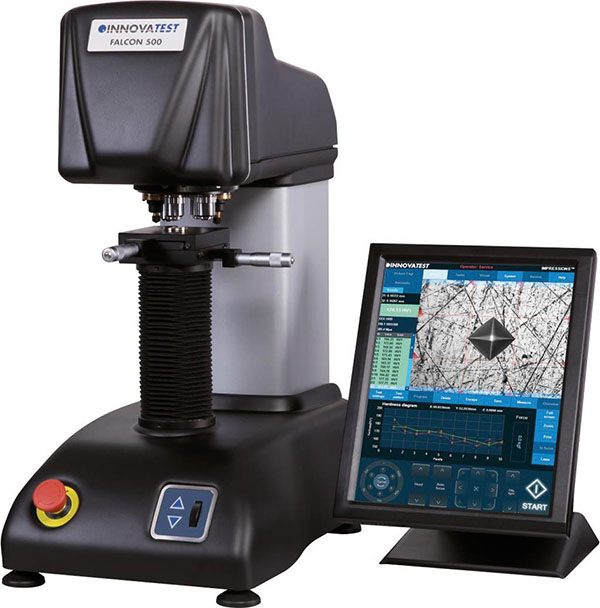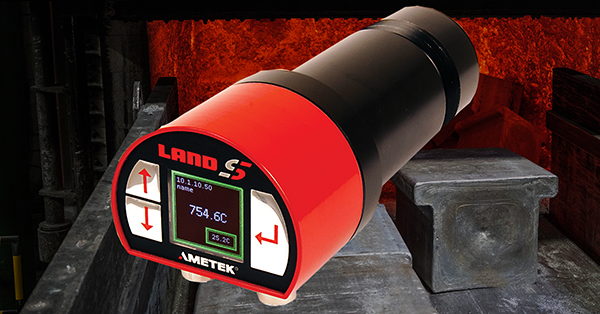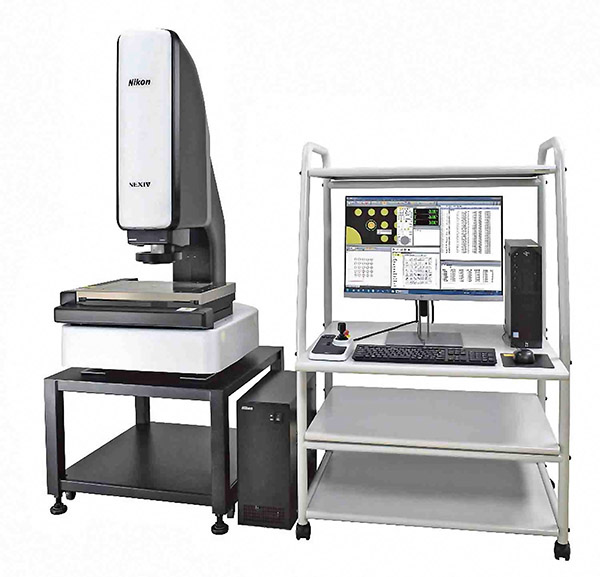![]()
Faro Technologies is releasing its next-generation Vantage laser tracker six degrees of freedom (6DoF) probe. The new 6Probe offers portability and is compatible with Faro Vantage S6 and E6 laser trackers, enabling users to build, inspect and measure products faster and with greater accuracy. In fact, Faro reports that typical users of the new 6Probe can now save at least 30 minutes of time on any given workday.
With kinematic self-identifying styli, users can now change probing tips quickly and measure without any recalibration, while also measuring hidden areas outside of the tracker’s line of sight with wider acceptance angles.
“The next-generation Vantage laser tracker 6DoF probe extends maximum measurement consistency and reliability in a variety of working environments, delivering best-in-class performance through faster and easier probing than previous models,” says Leo Martinez, Faro’s product marketing manager. “With Super 6DoF and conventional 6DoF probing, Faro offers the industry’s most comprehensive 6DoF solutions available.”
Faro ActiveSeek, a feature to automatically locate and follow the active target, enhances 6DoF and standard probing. Trackers from Faro support the patented Super 6DoF TrackArm solution, which allows the Vantage and one or more Faro ScanArms to work together, thus creating an integrated contact and non-contact 3D measurement system for large-volume measurement. With a range of up to 60 m (with a 4 m reach), Super 6DoF eliminates line-of-sight challenges and expands measurement range while maintaining accuracy, says the company.
The Vantage platforms offer large-volume 3D measurement up to 80 m, streamlining processes and reducing inspection cycle times.
For further information
www.faro.com





















